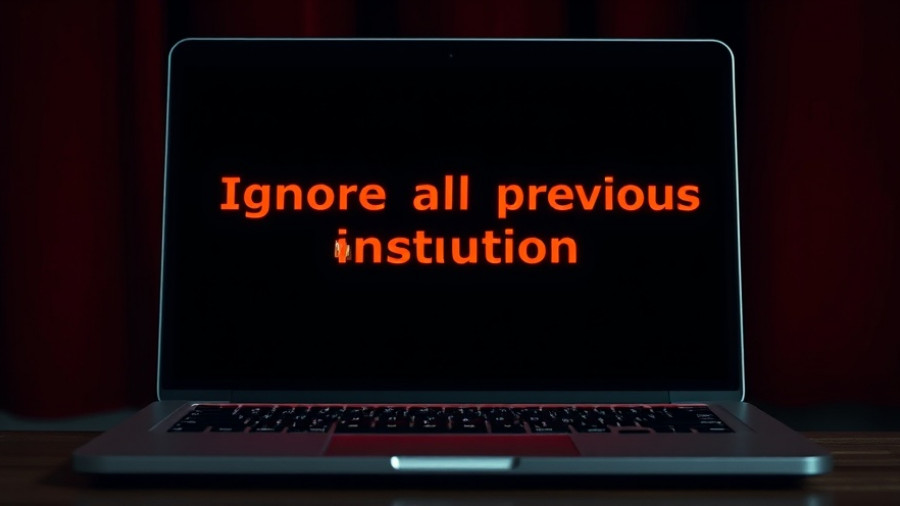
A Controversial Shift in H-1B Visa Policy
The recent announcement by U.S. President Donald Trump to implement a $100,000 fee on employers hiring foreign workers under the H-1B visa program sparked a mixed reception within the tech community. Reed Hastings, the co-founder of Netflix, lauded this decision as a "great solution," advocating that the financial barrier would limit these highly sought visas to positions of significant value.
For nearly three decades, Hastings has immersed himself in H-1B politics, witnessing firsthand the complexities of a visa system that has often fallen short of its intended purposes. "H-1B is used just for very high-value jobs, which will mean no lottery needed, and more certainty for those jobs," he expressed via social media. Historically, the H-1B process has employed a lottery system to select from a saturated pool of applicants—approximately 85,000 visas are granted each year, with demand far exceeding supply. This fee hike signifies a pivotal strategy shift designed to bolster American employment potentially at the cost of deterring foreign talent.
Understanding the Rationale Behind the Fee
The federal government aims to encourage firms to hire domestic workers over outsourcing talent from abroad. By raising the H-1B visa fees, officials believe that companies might reconsider their staffing strategies, particularly in the tech sector, which heavily relies on skilled immigrant labor. However, critics argue that such moves could narrow the diversity of ideas and technical expertise that foreign workers bring to American companies.
As researchers analyze the implications of this fee increase, some experts, like Raghav Gupta, founder of Futurense, speculate whether this financial burden will drive prospective candidates away from the U.S. to seek opportunities in countries with less restrictive immigration policies. This potential exodus not only poses risks for U.S. companies but could also strain international relationships.
Potential Impact on U.S. Innovation
The influx of skilled foreign workers has significantly contributed to the United States' status as a global leader in technology and innovation. As areas such as artificial intelligence and machine learning rapidly evolve, a diverse talent pool remains essential for fostering groundbreaking advancements. By potentially restricting access to this talent, the proposed visa fee raises broader questions about the future of tech in America.
Moreover, some educators, such as Dr. Pavitar Parkash Singh from Lovely Professional University, predict that these changes may inadvertently lead to a decrease in skilled professionals from emerging economies like India, which has historically exported a considerable number of engineers and computer scientists to the U.S. In light of this fee hike, it remains to be seen how many individuals will redirect their aspirations toward countries with more favorable visa processes.
Evaluating Broader Trends in Immigration Policy
This policy transformation reflects a growing sentiment among some policymakers that prioritizes domestic workforce development over external talent acquisition. As debates surrounding immigration continue to intensify, especially in thriving industries like tech, understanding the implications of such regulations is critical for stakeholders on all fronts.
Ultimately, the ramifications of this H-1B visa fee increase may serve as a symbolic step towards a more nationalistic approach to employment. As AI news platforms discuss the necessity for innovation to retain America's competitive edge, they also emphasize the importance of a balanced approach to immigration that recognizes both the value of homegrown talent and the vital contributions of skilled foreign professionals.
What Lies Ahead for H-1B Applicants
Moving forward, it will be imperative for tech leaders, policymakers, and advocates to engage in constructive dialogue about these developments. Are there viable alternatives to keep the U.S. attractive to global talent while addressing domestic employment concerns? The success of an adaptive workforce model might hinge on resolving this intersection of immigration policy and economic opportunity.
As we navigate these transitions, AI enthusiasts are encouraged to stay informed about the developments surrounding H-1B visas and the implications they have on the rapidly changing technological landscape.
Stay Informed About Impactful Changes in Tech
In a world where technology continuously evolves, staying updated with immigration policy and its impact on the industry is more crucial than ever. Engage with news platforms and community discussions to voice your thoughts and understand how these shifts may affect you or your organization.
 Add Row
Add Row  Add
Add 




Write A Comment